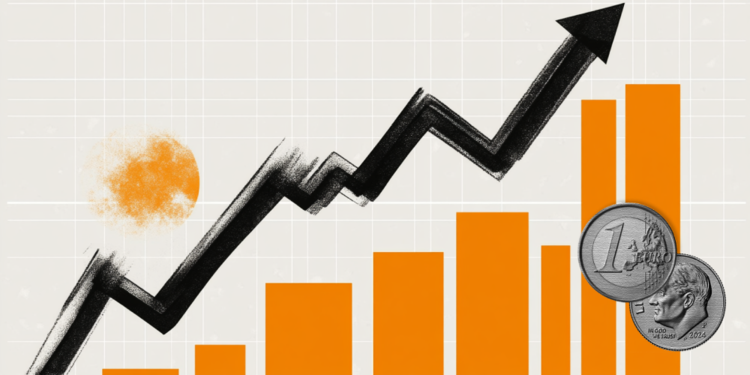The US Dollar Index (DXY), which measures the value of the US Dollar (USD) against six major currencies, is remaining flat after five days of losses and trading around 99.50 during the European hours on Wednesday. Traders will likely observe the upcoming speeches from Federal Reserve (Fed) officials, including Christopher Waller, Raphael Bostic, and Stephen Miran, later in the day.
The US Senate completed its job and passed the bill that would end the government shutdown. The House will vote on the bill on Wednesday, sending it to US President Donald Trump for signature. That would reopen the government, sending paychecks and unleashing economic data releases. On Monday, Trump already backed a bipartisan deal to end the US government shutdown, signaling a likely reopening within days.
However, the Greenback faced challenges as weaker-than-expected Automatic Data Processing (ADP), on Tuesday, employment data increased the likelihood of Federal Reserve (Fed) policy easing. The CME FedWatch Tool shows markets pricing in nearly a 66% chance of a 25-basis-point Fed rate cut in December, up from 62% a day ago.
Private employers shed an average of 11,250 jobs per week in the United States on average in the four weeks ending October 25, compared with 14,250 previously. The report suggested the labor market slowed in the second half of October, compared with earlier in the month.
US Dollar FAQs
The US Dollar (USD) is the official currency of the United States of America, and the ‘de facto’ currency of a significant number of other countries where it is found in circulation alongside local notes. It is the most heavily traded currency in the world, accounting for over 88% of all global foreign exchange turnover, or an average of $6.6 trillion in transactions per day, according to data from 2022.
Following the second world war, the USD took over from the British Pound as the world’s reserve currency. For most of its history, the US Dollar was backed by Gold, until the Bretton Woods Agreement in 1971 when the Gold Standard went away.
The most important single factor impacting on the value of the US Dollar is monetary policy, which is shaped by the Federal Reserve (Fed). The Fed has two mandates: to achieve price stability (control inflation) and foster full employment. Its primary tool to achieve these two goals is by adjusting interest rates.
When prices are rising too quickly and inflation is above the Fed’s 2% target, the Fed will raise rates, which helps the USD value. When inflation falls below 2% or the Unemployment Rate is too high, the Fed may lower interest rates, which weighs on the Greenback.
In extreme situations, the Federal Reserve can also print more Dollars and enact quantitative easing (QE). QE is the process by which the Fed substantially increases the flow of credit in a stuck financial system.
It is a non-standard policy measure used when credit has dried up because banks will not lend to each other (out of the fear of counterparty default). It is a last resort when simply lowering interest rates is unlikely to achieve the necessary result. It was the Fed’s weapon of choice to combat the credit crunch that occurred during the Great Financial Crisis in 2008. It involves the Fed printing more Dollars and using them to buy US government bonds predominantly from financial institutions. QE usually leads to a weaker US Dollar.
Quantitative tightening (QT) is the reverse process whereby the Federal Reserve stops buying bonds from financial institutions and does not reinvest the principal from the bonds it holds maturing in new purchases. It is usually positive for the US Dollar.







